It all started on this day 20 years ago. The UK government’s official recognition that eating beef from cattle infected with BSE had “most likely” caused 10 young people to develop a fatal brain condition transformed an animal health worry into a global food scare.
BSE was a concern in its own right as it had been spreading through the British herd for 10 years. The practice of adding meat and bone meal to cattle feed had already been identified as the main cause of contamination and outlawed in the UK and in Ireland.
The revelation that the disease could be transmitted to humans triggered an unprecedented chain of scientific, political and commercial reactions, from the strengthening of traceability requirements to the multiplication of export bans.
The BSE crisis has reshaped the way farmers, processors, retailers, consumers and governments consider the whole food chain. Twenty years on, we look back on the events that kickstarted this transformation.
1996-2000: a journey through the archives of the crisisDepopulated farmers: “We have moved on” – read the interview and watch the videoMike Magan: “Our Department handles crises very well”Farmer writes: 20 years on from the BSE nightmare Irish farmers facedBovine spongiform encephalopathy (BSE) is defined by the Food Safety Authority of Ireland (FSAI) as a disease that affects adult cattle, attacking the brain and central nervous system of the animal and eventually causing death.
Commonly known as “mad-cow disease”, BSE has a long incubation period. This means that it usually takes four to six years for cattle infected with BSE to show signs of the disease, such as disorientation, clumsiness and, occasionally, aggressive behaviour towards other animals and humans.
BSE was first confirmed in cattle in the UK in 1986. The first case in Ireland was confirmed in 1989, when there were 15 cases confirmed. “Most experts agree that BSE was most likely spread by cattle eating feed that contained contaminated meat and bone meal,” according to the FSAI.
Those by-products of beef factories were rendered for use as a source of protein in cattle feed until they were banned in the 1990s.
It all started on this day 20 years ago. The UK government’s official recognition that eating beef from cattle infected with BSE had “most likely” caused 10 young people to develop a fatal brain condition transformed an animal health worry into a global food scare.
BSE was a concern in its own right as it had been spreading through the British herd for 10 years. The practice of adding meat and bone meal to cattle feed had already been identified as the main cause of contamination and outlawed in the UK and in Ireland.
The revelation that the disease could be transmitted to humans triggered an unprecedented chain of scientific, political and commercial reactions, from the strengthening of traceability requirements to the multiplication of export bans.
The BSE crisis has reshaped the way farmers, processors, retailers, consumers and governments consider the whole food chain. Twenty years on, we look back on the events that kickstarted this transformation.
1996-2000: a journey through the archives of the crisisDepopulated farmers: “We have moved on” – read the interview and watch the videoMike Magan: “Our Department handles crises very well”Farmer writes: 20 years on from the BSE nightmare Irish farmers facedBovine spongiform encephalopathy (BSE) is defined by the Food Safety Authority of Ireland (FSAI) as a disease that affects adult cattle, attacking the brain and central nervous system of the animal and eventually causing death.
Commonly known as “mad-cow disease”, BSE has a long incubation period. This means that it usually takes four to six years for cattle infected with BSE to show signs of the disease, such as disorientation, clumsiness and, occasionally, aggressive behaviour towards other animals and humans.
BSE was first confirmed in cattle in the UK in 1986. The first case in Ireland was confirmed in 1989, when there were 15 cases confirmed. “Most experts agree that BSE was most likely spread by cattle eating feed that contained contaminated meat and bone meal,” according to the FSAI.
Those by-products of beef factories were rendered for use as a source of protein in cattle feed until they were banned in the 1990s.




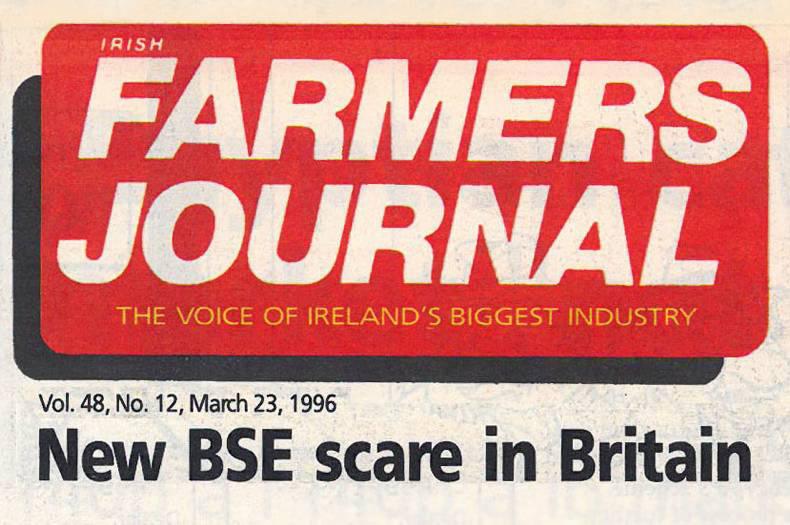
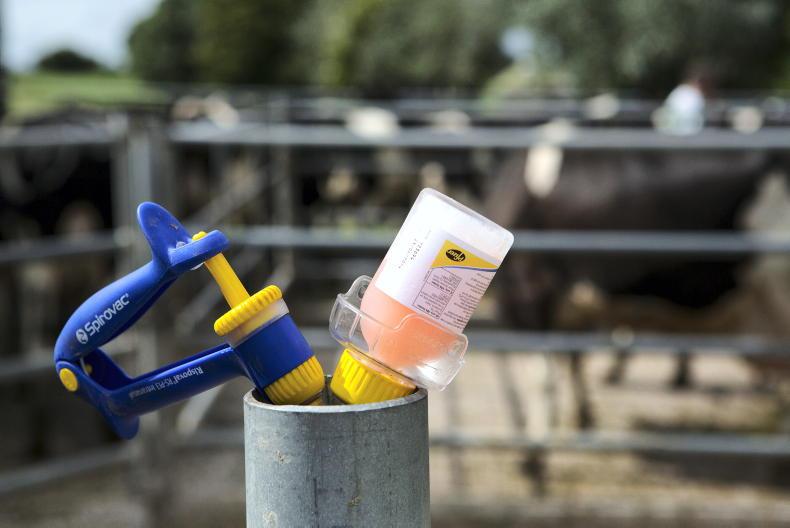
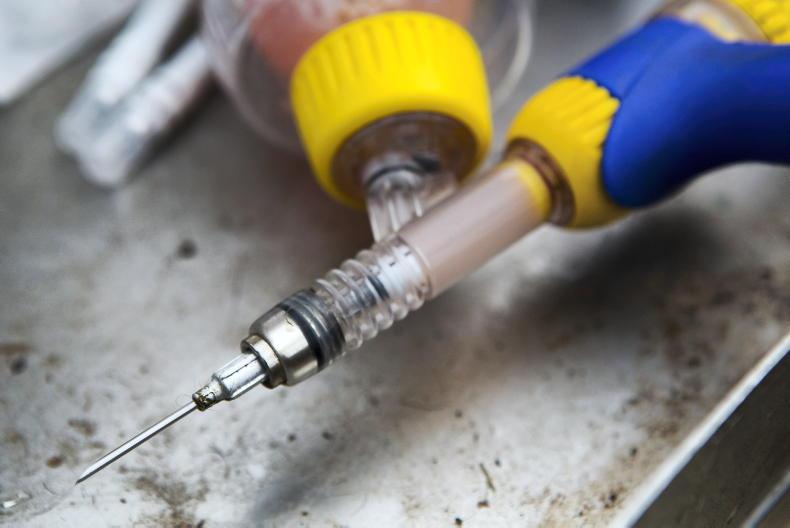
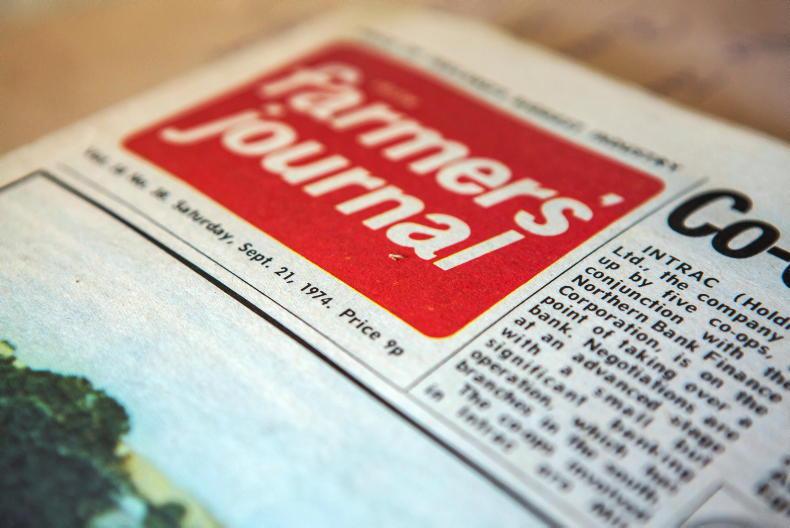
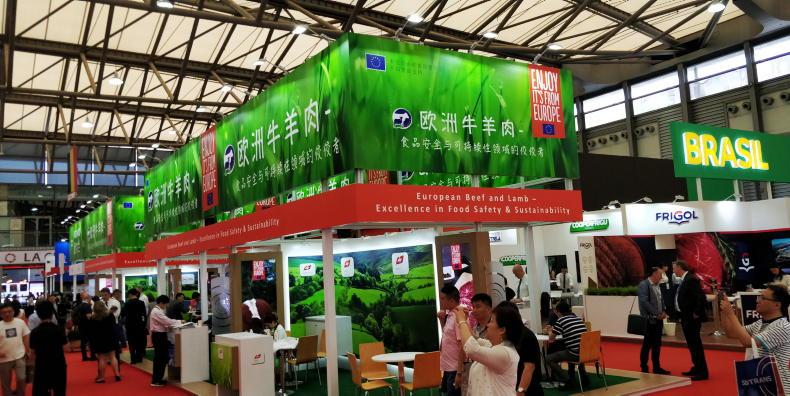
SHARING OPTIONS